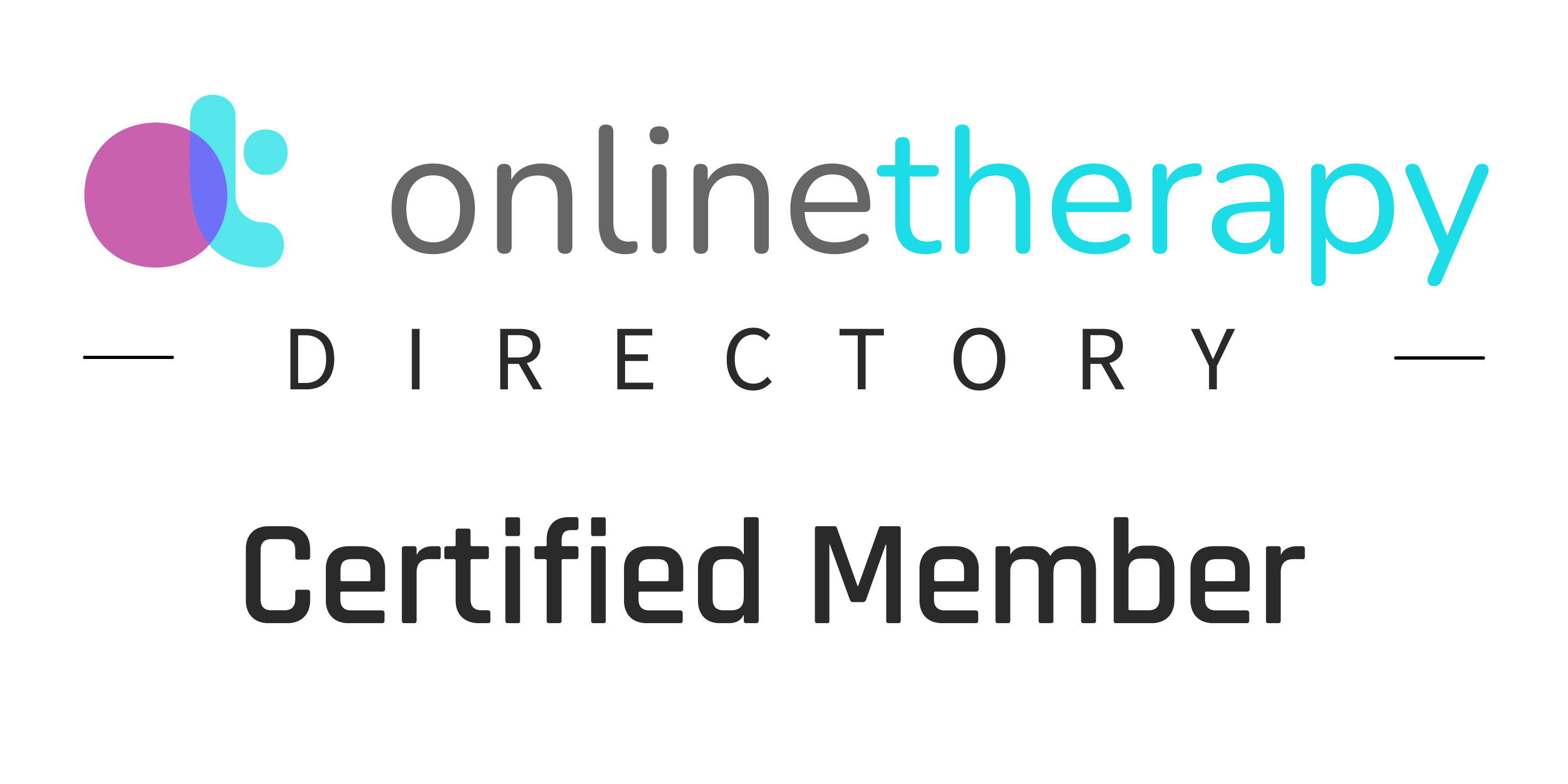How Photobiomodulation Could Supports Hopeful Moms in Fertility Treatment
- samanthagreenlmhc
- Apr 15
- 2 min read

As a maternal mental health specialist, I’ve seen firsthand the emotional rollercoaster that infertility can bring. The longing for a child, the heartbreak of miscarriages, and the stress of failed IVF cycles can take a toll on even the strongest women. That’s why I’m excited to share a promising new approach that’s lighting up the path to motherhood: multiwavelength photobiomodulation (PBM) therapy. A recent case study caught my eye, and I think it’s worth talking about—especially for women navigating the mental and emotional challenges of unexplained infertility.
This study followed three women, all in their early 40s, who had been trying to conceive for over two years without success. They’d faced multiple miscarriages, molar pregnancies, and unsuccessful IVF attempts—situations I know many women can relate to. What’s fascinating is how these women used red and near-infrared light therapy, applied through the skin, to boost their fertility. The results? All three welcomed healthy babies after treatment.
Here’s the gist: PBM uses specific wavelengths of light (between 600-1000 nm) to stimulate the body’s cells—think of it as a gentle energy boost for your reproductive system. In this study, the light was directed at key areas like the ovaries and uterus, delivered in weekly or biweekly sessions. For one woman, it supported two IVF cycles that finally produced viable embryos, leading to a baby boy in July 2022. Another used it during an IVF cycle and gave birth in August 2023. The third? She conceived naturally after PBM and welcomed her son in April 2024—pretty incredible, right?
What I love about this as a mental health advocate is how it ties into the mind-body connection. Infertility isn’t just a physical struggle; it’s an emotional one. PBM seems to work by enhancing mitochondrial energy in eggs (the powerhouses of our cells), improving blood flow, and reducing inflammation—all of which can create a healthier environment for conception. When your body feels supported, it can ease some of that mental burden, too. No adverse effects were reported, which is reassuring for anyone wary of invasive treatments.
Now, this was a small study, and more research is needed to make it a go-to option. But for women feeling stuck or hopeless, it’s a glimmer of possibility. If you’re on this journey, know that your mental health matters as much as your physical health. Exploring integrative options like PBM alongside therapy could be a game-changer.
Have you heard of light therapy for fertility? I’d love to hear your thoughts—drop a comment below!




Comments